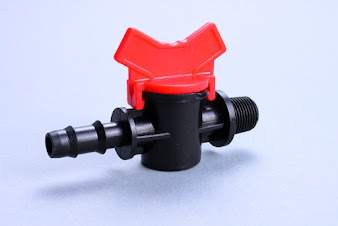How does a plastic injection mold work?
cheap injection molding or plastic injection is a process that allows to give the desired shape to the plastic material by injecting it into a mold after having melted it under a certain temperature. The final result depends essentially on the mold and its characteristics. What is it made of, how is it used and what are its advantages and limitations?
What is a mold made of?
The first uses of molds date back to ancient times when they were used to make many objects, from jewelry to weapons, pottery and art objects. The principle is simple. The mold is characterized by hollows if you want to have reliefs on the object or convolutions if it is cavities that interest. The material to be used, in this case plastic in our case, is made liquid by melting. The liquid obtained is poured into the mold and then we wait for it to cool. The part is then ejected from the mold to undergo polishing or any other process to finalize it.
The mold is essentially made up of two parts called cavities, which determine its operation. One of the cavities is mobile while the other is not. They are connected to each other by a watertight joint. Thus, the liquid does not escape during the casting process. The movable impression usually carries the patterns if any. This arrangement allows a better adhesion of the patterns and thus, a better result.
How is it used?
The use of the mold is governed by its operating principle. In a plastic injection molding industry, several molds are assembled, forming a series so that the production cycle is more profitable. The more molds are available on the system, the faster the production. If in addition, the time between the filling of the molds and the ejection of the parts is short, then the productivity is multiplied. Thanks to the ratio between cycle time and the number of filled molds per pour, deliveries are faster and productivity is even higher.
The steps of the mold operation can be summarized in 3 main points:
- Preparation;
- Filling;
- Opening
During each of these phases, the technician follows a meticulous protocol to ensure that the casting is as fine as possible.
The preparation consists in closing the mold, then locking it and proceeding to the dosage of the material to be injected.
During the filling phase, the liquid is conveyed to the entrance of the mold and then it is injected into the network. At the end of the injection, the liquid is put under pressure to reduce the risks of deformation during its cooling.
Finally, the parts obtained at the end of the cooling process are ejected, inspected and put back into the production line.
What are the advantages of the mold?
Since its appearance, plastic injection molding has conquered all fields. Its most serious competitor today is the 3D printer whose prowess is widely known. Nevertheless, the main advantages of the injection process are production cost and delivery time. While the 3D printer offers surgical precision, the prices of plastic injection are almost unbeatable. Moreover, 3D technology does not allow for a production line as such. It is a piece-by-piece production process, which considerably lengthens delivery times.
In summary, the mold is an essential part of plastic molding. Its role is not only to shape the material. It also contributes to the beauty of the parts obtained and their reliability.
Our best injection molding company, in the continuity of this plastic injection technique, offers you premium quality services. At your disposal for all your projects, we intervene in Belgium and in France where we rely on professionals whose method and quality of work are certified ISO 14001 and ISO 9001-V2015. Also, our rates are the most competitive on the market; enough to make you want to realize your projects, the craziest. Contact us for more information!


Comments
Post a Comment